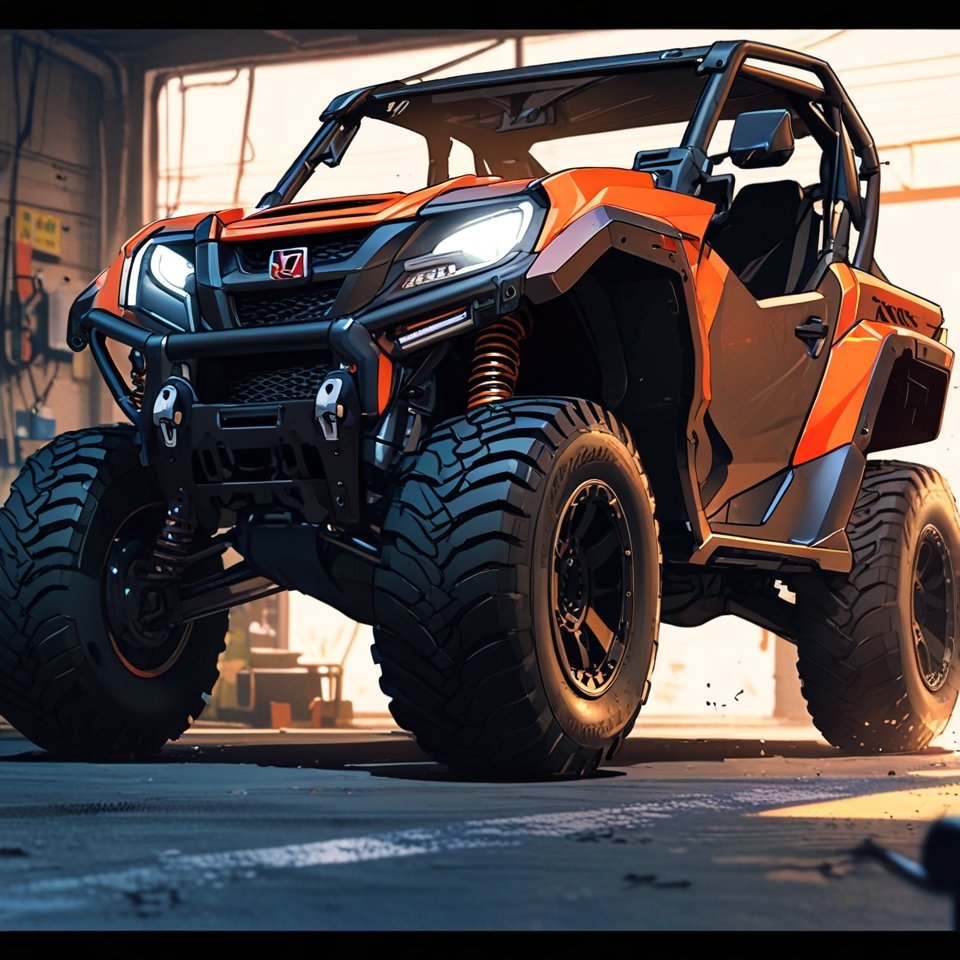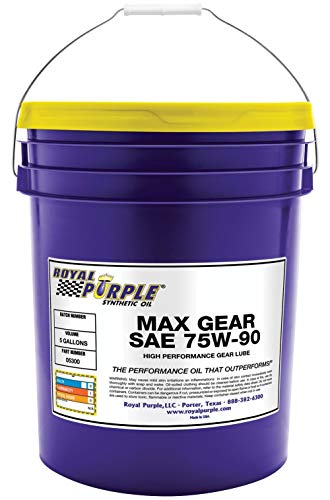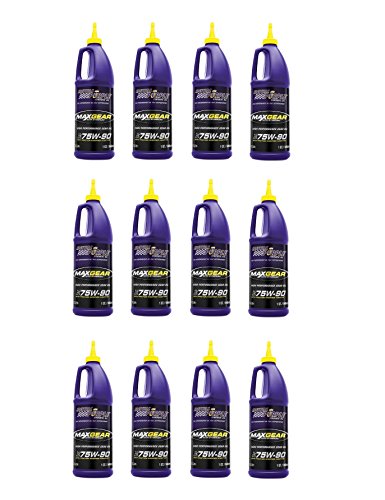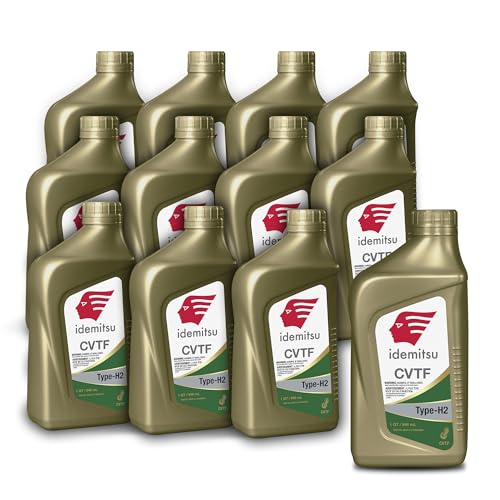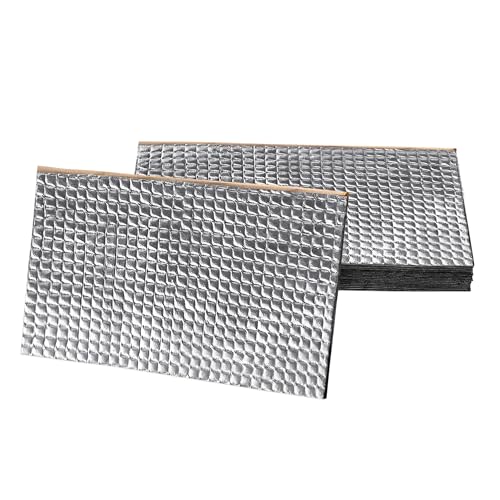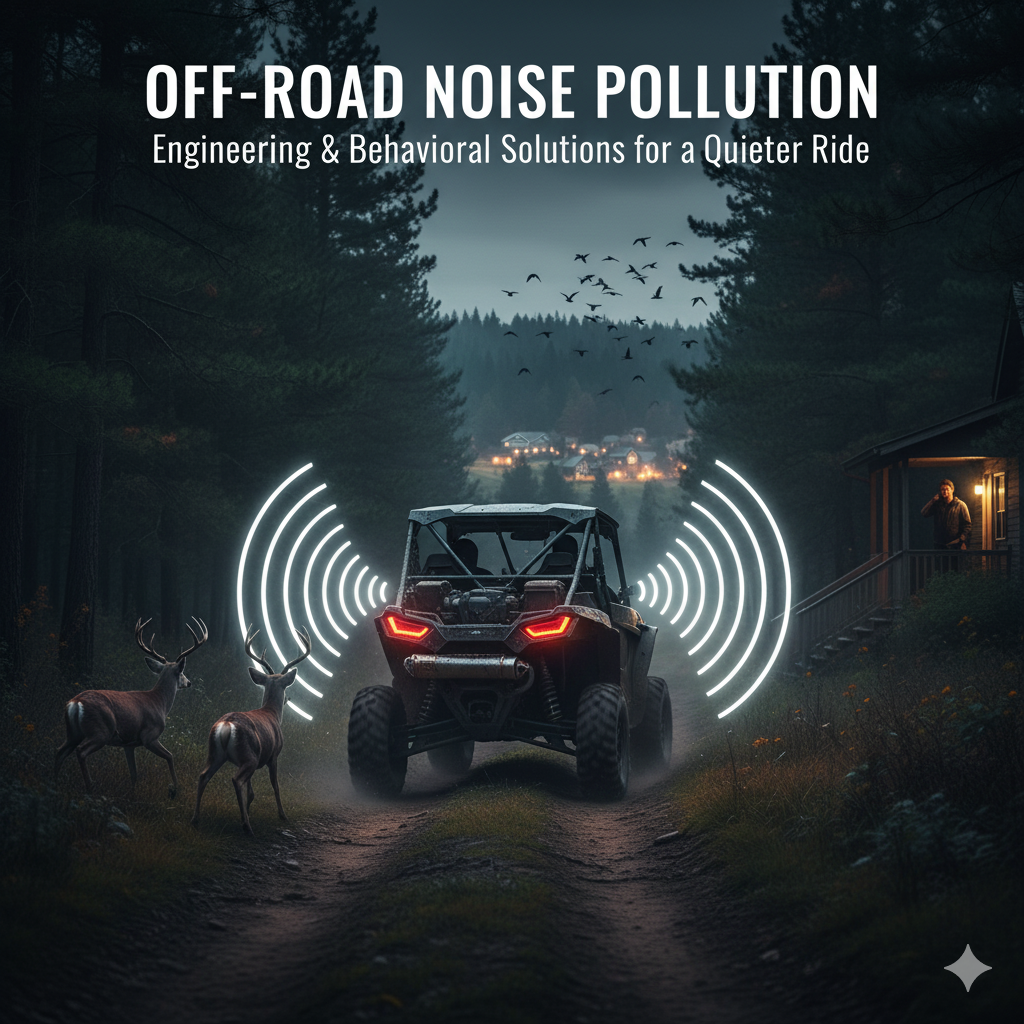There’s nothing quite like the thrill of hitting the trails in your Honda Pioneer, but sometimes,
that experience can be marred by an unexpected symphony of whines, clunks, and hums coming from the transmission.
While some level of gear noise is normal in any UTV, especially with the Honda Pioneer’s robust Dual-Clutch Transmission (DCT) or conventional automatic,
excessive noise can be distracting, fatiguing, and even a sign of underlying issues.
As a fellow off-road enthusiast, I understand that a quiet ride enhances enjoyment and allows you to better appreciate the sounds of nature (or your favorite tunes!).
In this comprehensive blog post, we’ll tackle the common problem of a noisy Honda Pioneer transmission.
We’ll explore the typical culprits behind these sounds and, more importantly, I’ll share 3 affordable modifications that can significantly quiet your ride.
These aren’t complex, expensive overhauls, but rather practical, budget-friendly solutions that many Pioneer owners have found effective.
My goal is to help you restore peace to your cabin and get back to enjoying your adventures without the constant transmission chatter.
Let’s silence that whine and make your Pioneer purr!
Understanding the Noise: Common Causes of Pioneer Transmission Sounds
Before we jump into solutions, it’s important to understand why your Pioneer’s transmission might be making noise.
Not all sounds are indicative of a problem, but some can be.
1. Normal Gear Whine (Especially with DCT)
The Honda Pioneer 1000, with its direct-drive Dual-Clutch Transmission (DCT), is known for a certain amount of gear whine.
Unlike belt-driven CVTs, the DCT uses actual gears, and gear meshing can produce a noticeable whine,
especially at certain RPMs or speeds.
This is often considered a normal characteristic of the transmission, particularly when new,
and can sometimes quiet down slightly after the break-in period or first few oil changes.
2. Low or Contaminated Transmission Fluid
Proper lubrication is critical for any transmission. Low fluid levels or contaminated fluid can lead to increased friction, heat, and noise within the transmission.
- Low Fluid: Insufficient fluid means components aren’t adequately lubricated, leading to metal-on-metal contact and whining or grinding sounds.
- Contaminated Fluid: Over time, fluid can break down or become contaminated with metal particles from normal wear, reducing its lubricating properties and contributing to noise.
3. Worn or Damaged Bearings/Gears
While Honda transmissions are robust, continuous heavy use, lack of maintenance, or extreme conditions can eventually lead to wear in internal components.
- Worn Bearings: Bearings support rotating shafts and gears. If they wear out, they can produce a distinct whining, humming, or even grinding noise that changes with speed.
- Worn Gears: Pitting, chipping, or excessive wear on gear teeth can also cause noise, particularly a clunking or grinding sound during shifts or under load.
4. Loose Components or Heat Shields
Sometimes, the noise isn’t directly from the transmission’s internal workings but from external components vibrating or rattling.
Heat shields, exhaust components, or even loose skid plates can create sounds that might be mistaken for transmission noise.

1. Upgrade Your Transmission Fluid (Synthetic Gear Oil)
One of the most effective and affordable ways to reduce gear whine and improve overall transmission
smoothness is to switch to a high-quality synthetic gear oil.
While Honda recommends specific fluids, many owners have found significant improvements by upgrading.
- Why it Helps: Synthetic gear oils offer superior lubrication properties, better thermal stability, and a more consistent viscosity across a wider temperature range compared to conventional oils. This reduces friction between gears, minimizes wear, and can significantly dampen gear whine.
- What to Use: For the Pioneer 1000 (with its DCT and sub-transmission) and the Pioneer 500/520 (with their geared transmissions), many owners report success with full synthetic 75W-90 GL-5 gear oil for the differentials and sub-transmission, and high-quality UTV-specific transmission fluid for the main DCT. Always consult your owner’s manual for the correct fluid type and capacity, but consider a synthetic alternative from a reputable brand.
- Affordability: A fluid change is a routine maintenance item, and the cost of synthetic fluid, while slightly higher than conventional, is a small investment for the potential noise reduction and improved longevity it offers.
How to Do It:
- Gather Supplies: You’ll need the correct type and amount of synthetic gear oil/transmission fluid, a drain pan, a funnel, and a wrench for the drain and fill plugs. Refer to your owner’s manual for specific locations and torque specs.
- Warm Up the UTV: Run the UTV for a few minutes to warm up the fluids, making them drain more easily.
- Drain Old Fluid: Place the drain pan under the drain plug(s) and remove them to allow the old fluid to drain completely.
- Replace Plugs: Once drained, reinstall the drain plugs, ensuring they are properly torqued.
- Fill with New Fluid: Using a funnel, carefully fill the transmission and differentials with the new synthetic fluid to the recommended level. Be patient, as some fill points can be slow.
- Check Levels: Recheck fluid levels after a short ride to ensure they are correct.

2. Install Sound Deadening Material in the Cabin
Often, the noise you hear isn’t just the transmission itself, but sound waves resonating through the UTV’s chassis and cabin.
Installing sound deadening material can dramatically reduce perceived noise levels, making your ride much quieter and more comfortable.
- Why it Helps: Sound deadening materials, typically made of butyl rubber with an aluminum layer, absorb vibrations and block airborne noise. Applying them to strategic areas of the cabin can create a quieter environment by preventing sound from entering and echoing within the cab.
- Where to Apply: Focus on areas closest to the transmission and engine, such as under the seats, on the firewall (the panel separating the engine compartment from the cabin), and possibly the floorboards. Some owners also apply it to the inside of plastic body panels that might vibrate.
- Affordability: While the cost can vary depending on the amount and type of material, you can find rolls of sound deadening material for a relatively affordable price, making it a cost-effective DIY mod.
How to Do It:
- Clean Surfaces: Ensure the surfaces where you plan to apply the material are clean, dry, and free of grease or dirt. This ensures proper adhesion.
- Measure and Cut: Measure the areas you want to cover and cut the sound deadening material to size. It’s often easier to work with smaller pieces.
- Apply Firmly: Peel off the backing and apply the material firmly, using a roller tool to ensure good adhesion and to eliminate air bubbles. Overlap edges slightly for best results.
- Consider Layers: For maximum effect, you can apply multiple layers or combine sound deadening with a foam insulation layer for additional noise and heat reduction.
![Installing sound deadening in UTV cabin.]](https://pioneerhonda.blog/wp-content/uploads/2025/07/Leonardo_Anime_XL_Interior_of_a_UTV_cabin_in_progress_an_expl_3.jpg)
3. Check and Lubricate External Components
Before assuming all noise is internal to the transmission, it’s crucial to inspect and lubricate external components that can contribute to rattles, squeaks,
and vibrations that might be mistaken for transmission noise.
- Why it Helps: A surprising amount of noise can come from loose or dry components. Addressing these can significantly quiet your ride without ever touching the transmission itself.
- What to Check:
- Heat Shields: Ensure all heat shields around the engine and exhaust are tight and not rattling.
- Exhaust System: Check for loose exhaust hangers or connections.
- Skid Plates: Make sure your skid plates are securely fastened and not vibrating against the frame.
- Driveshaft and U-Joints: Inspect for any play in the driveshaft and ensure U-joints are properly lubricated.
- Bed Latches (on models with dump beds): The latches on the dump bed can sometimes rattle. Applying a bit of grease or adjusting them can often solve this.
- Affordability: This is often a free or very low-cost fix, requiring only basic tools and some lubricant.
How to Do It:
- Visual Inspection: With the UTV parked and the engine off, carefully inspect all the components listed above. Wiggle them to check for looseness.
- Tighten Hardware: Use wrenches and sockets to tighten any loose bolts or nuts on heat shields, skid plates, and exhaust hangers.
- Lubricate: Apply a high-temperature grease to any moving parts that might be rattling, such as bed latches or exhaust hangers. For U-joints, use a grease gun to apply the appropriate lubricant.
![Checking and tightening UTV components.]](https://pioneerhonda.blog/wp-content/uploads/2025/07/Leonardo_Anime_XL_Ultradetailed_closeup_shot_of_a_persons_glov_0.jpg)
Conclusion: Enjoy a Quieter Ride
A noisy Honda Pioneer transmission can be a nuisance, but it doesn’t have to be a permanent fixture of your off-road experience.
By understanding the potential causes of the noise and implementing these 3 affordable modifications,
you can significantly quiet your ride and enhance your overall enjoyment.
From upgrading to high-quality synthetic transmission fluids that reduce internal friction,
to strategically applying sound deadening material to absorb unwanted vibrations,
and diligently checking and lubricating external components, each step contributes to a more peaceful and comfortable cabin.
These aren’t just quick fixes; they are practical, proven methods that can make a noticeable difference.
Remember, a quieter UTV allows you to better appreciate the sounds of nature, communicate with passengers,
and reduce fatigue on long rides.
Take the time to implement these affordable mods, and you’ll be amazed at the transformation.
Here’s to many more quiet and enjoyable adventures in your Honda Pioneer!

